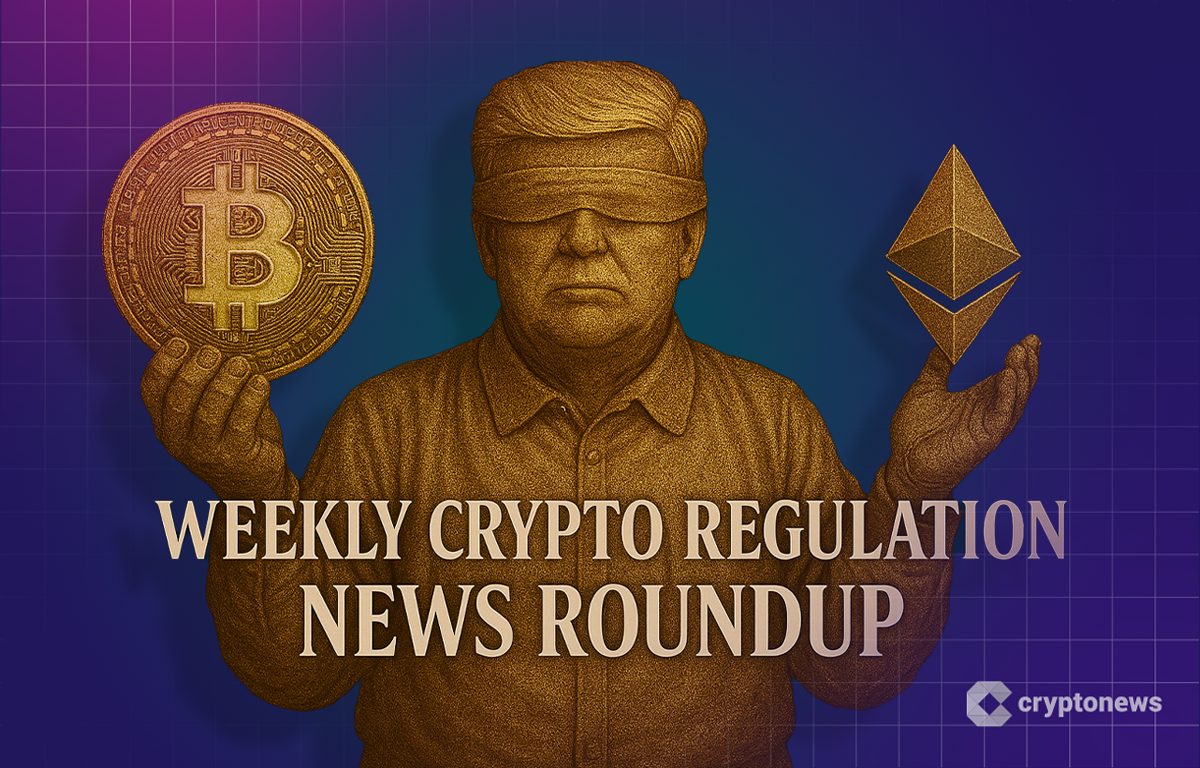Why Circle, Stripe ditch Ethereum for new Layer-1 enterprise-grade protocols
- Circle and Stripe look beyond Ethereum, announcing plans to build their own Layer-1 blockchain protocols.
- Circle's Arc Layer-1 blockchain protocol is designed to offer enterprise-grade stablecoin payments, currency and capital markets.
- Stripe's Tempo, in partnership with Paradigm, focuses on high-performance payments stablecoin infrastructure.
Circle, the issuer of the second-largest stablecoin, USDC, and Stripe, an Irish-American financial services and software as a service (SaaS) provider, have both announced plans to build their own Layer-1 blockchain protocols, seemingly ditching the largest smart contracts protocol, Ethereum (ETH).
Circle's Arc protocol, unveiled during the company's first earnings release since its Initial Public Offering (IPO) in June, is designed to support stablecoin applications, currency payments, as well as capital markets.
On the other hand, Stripe's Tempo protocol is a high-performance, payments-focused blockchain that will be developed in collaboration with crypto venture capital firm Paradigm, according to Fortune Crypto.
Why Circle, Stripe snubbed Ethereum
Ethereum (ETH) is the largest Layer-1 blockchain for smart contracts, boasting a history of uninterrupted operation since its inception. Ethereum has, over the years, become a household name for enterprise-grade smart contracts, boasting large and active developer communities.
Ethereum's transition to a Proof-of-Stake (PoS) consensus mechanism cemented the protocol's support for Decentralized Applications (dApps), with ongoing scalability enhancement making it a leading choice for businesses eyeing expansion into Decentralised Finance (DeFi).
Despite the Ethereum blockchain's capabilities, Circle and Stripe prefer to build their Layer-1 protocols from the ground up, raising many questions among crypto enthusiasts.
However, according to Barry Plunkett, co-CEO of Interchain Labs, the decision to steer clear of Ethereum, despite its advantages, is primarily to ensure control while betting on themselves.
"Building a Layer-1 is the best way to do that. Not to mention that open, transparent Layer-1s give these companies a great balance of control and connectivity. Interoperability between Layer-2s and other chains like Solana relies on third parties, and often struggles from finality issues due to fraud/Zk proving windows and Ethereum's slow finality," Plunkett told FXStreet.
Layer-1 blockchain protocols ensure transaction settlement happens in real-time and "deterministically," which, when combined with the necessary know your customer (KYC) and anti-money laundering (AML) guidelines, means compliant-first financial services.
"Thanks to the Circle IPO and coming regulation, they see stablecoins as a powerful and safe technology that can help them cut costs, streamline operations, and earn more on their cash reserves or customer deposits," Plunkett.
Stripe's Tempo's details remain vague, as shared by Crypto Fortune, with more information expected in due time. However, Circle's Arc will be an Ethereum Virtual Machine (EVM)-compatible blockchain utilizing USDC as the native gas fees token.
Arc will be integrated across Circle's product suite and services. Interoperability with the company's new and existing partner blockchains would ensure seamless adoption ahead of the protocol's public launch this fall.
Bitcoin, altcoins, stablecoins FAQs
Bitcoin is the largest cryptocurrency by market capitalization, a virtual currency designed to serve as money. This form of payment cannot be controlled by any one person, group, or entity, which eliminates the need for third-party participation during financial transactions.
Altcoins are any cryptocurrency apart from Bitcoin, but some also regard Ethereum as a non-altcoin because it is from these two cryptocurrencies that forking happens. If this is true, then Litecoin is the first altcoin, forked from the Bitcoin protocol and, therefore, an “improved” version of it.
Stablecoins are cryptocurrencies designed to have a stable price, with their value backed by a reserve of the asset it represents. To achieve this, the value of any one stablecoin is pegged to a commodity or financial instrument, such as the US Dollar (USD), with its supply regulated by an algorithm or demand. The main goal of stablecoins is to provide an on/off-ramp for investors willing to trade and invest in cryptocurrencies. Stablecoins also allow investors to store value since cryptocurrencies, in general, are subject to volatility.
Bitcoin dominance is the ratio of Bitcoin's market capitalization to the total market capitalization of all cryptocurrencies combined. It provides a clear picture of Bitcoin’s interest among investors. A high BTC dominance typically happens before and during a bull run, in which investors resort to investing in relatively stable and high market capitalization cryptocurrency like Bitcoin. A drop in BTC dominance usually means that investors are moving their capital and/or profits to altcoins in a quest for higher returns, which usually triggers an explosion of altcoin rallies.
También te puede interesar

K33 completes private placement of 125 million Swedish kronor, which will be used to purchase Bitcoin as the company's reserve asset

DeFi Development announced an increase of approximately 180,000 SOL tokens, bringing its total holdings to approximately 1.18 million.
